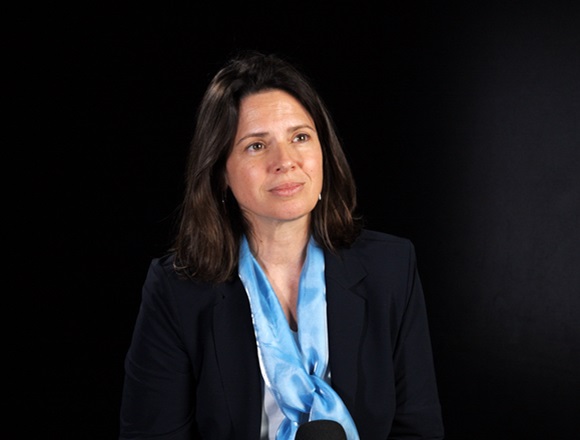Marianna Arvanitakis, MD, PhD, is a professor of medicine and head of the Clinic of Pancreatology and Clinical Nutrition at the Erasmus University Hospital in Brussels, Belgium. Her main clinical and research interests are pancreatic diseases, clinical nutrition, and endoscopy.
When to refer patients with chronic pancreatitis for an endoscopic procedure (pancreatic duct stenting, pancreatic duct stone extraction)?
Marianna Arvanitakis, MD, PhD: Patients with chronic pancreatitis have a multitude of mechanisms related to their pain. It can be related to ductal obstruction—so this can be a stone or stricture—but it could also be related to inflammation, related to neurologic stimulation, and also other complications of chronic pancreatitis or even nonpancreatic problems. It’s very important really to understand where the pain comes from.
When we have a patient who has clearly an obstruction—with a dilated pancreatic duct because of a stone and stricture—and they have pain, it makes sense to offer them endoscopic therapy for this obstruction, if, of course, they do not respond to the first steps of the treatment, which is analgesics, and taking care of the nutritional problems, and giving them pancreatic enzyme substitution.
Now, it’s known that endoscopic therapy might help in case of painful pancreatitis, but there’s no data supporting endoscopic therapy for patients who do not have pain. There’s no data showing that it can reverse exocrine or endocrine failure. So, we give it only to patients who have painful chronic pancreatitis. We know, based on a lot of retrospective and prospective cohorts, that we will have a partial or complete pain relief in about two-thirds of the patients. We’re still waiting for results of the sham-controlled randomized controlled trial (RCT) that’s going to come in during this year, I think, but it’s still something that we can offer our patients with a good safety profile—severe adverse events are <5%—and usually it’s a good solution regarding surgery.
We also have surgical interventions that will also drain the pancreatic duct, which are quite efficient, and [it has] been shown in RCTs that they might be slightly more efficient than endoscopic therapy, but still, surgery has major adverse effects in most people. Most patients prefer to have a first step with endoscopic therapy in this case.
 English
English
 Español
Español
 українська
українська


